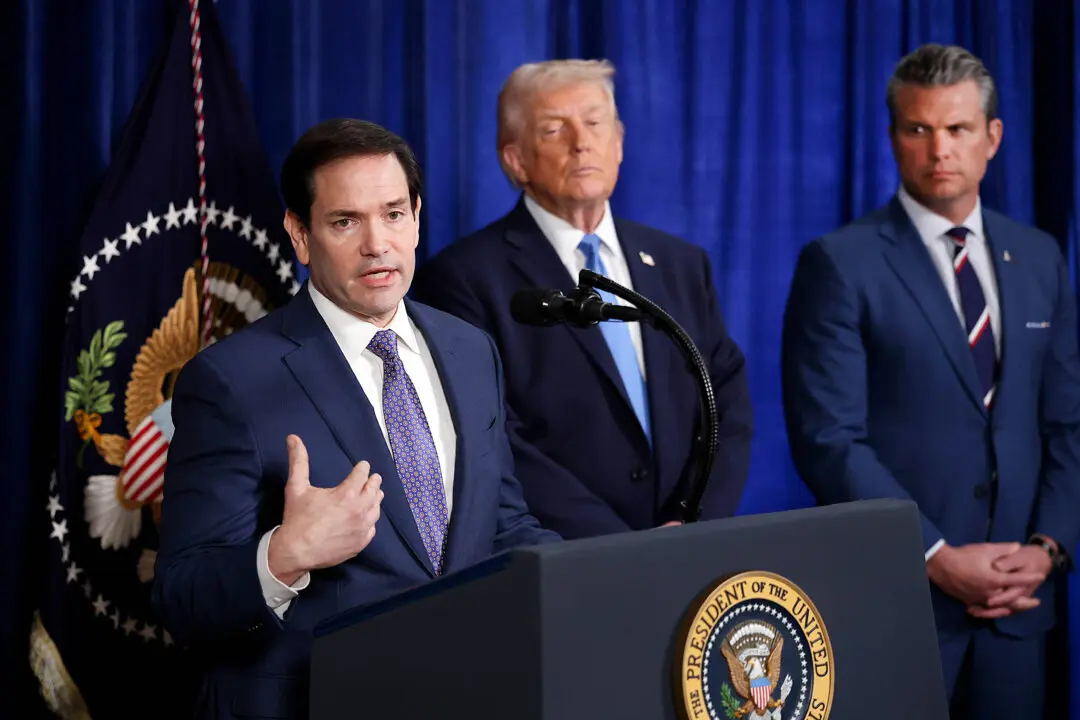Inflation is hitting people hard at the grocery store and crushing the budgets of millions, yet not everyone is complaining about rising prices to the same degree. A new study shows that the way Americans feel about food inflation depends on their political views.
A survey by Purdue University’s Center for Food Demand Analysis and Sustainability discovered that liberals and conservatives have different perceptions of rising costs. Liberals are way too optimistic about food inflation, according to the study, which was conducted among 1,200 people from all over the United States.





